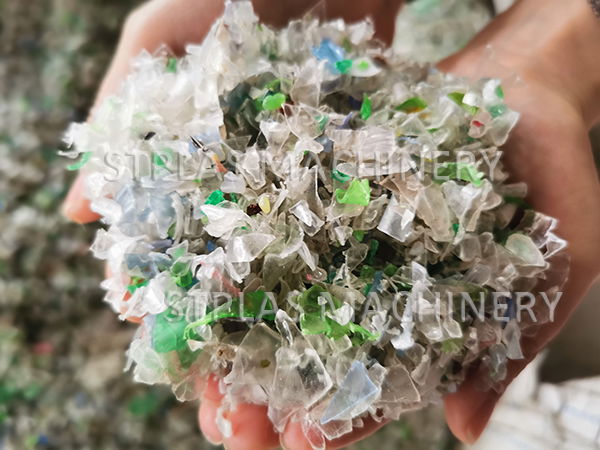The usage of PET scraps
PET plastic bottles are widely used for packaging carbonated beverages, drinking water, fruit juices, enzymes and tea beverages, etc. They are also used in food, chemical, and pharmaceutical packaging.
The recycling of PET plastic bottles can not only solve environmental problems, but also can be used as a new raw material resource to alleviate the shortage of PET raw materials in China. Yes, looking back on China's 30 years of reform and opening up, although China has made world-renowned achievements in the economic field, it has also brought serious damage to China's environment.
Water pollution, air pollution, solid waste pollution, etc. This has brought shrinkage to China's economy. People have gradually realized this problem, and accordingly put forward a series of measures such as taking the road of sustainable development, green GDP strategy, circular economy strategy, and so on. It can be seen that the recycling of PET plastic bottles is in line with the practical problems facing China, and is of great benefit to environmental protection, resource conservation, and sustainable development.

There are two main physical recycling methods for PET plastic bottles: one is to cut waste PET plastic bottles into pieces, separate HDPE, aluminum, paper and adhesive from PET, and then wash, dry and pelletize the PET pieces; It first separates the non-PET bottle caps, seat bottoms, labels and other impurities on the waste PET plastic bottles by mechanical methods, and then washes, breaks, and granulates. Recycled PET must not contain PVC impurities, otherwise it will affect the color of PET.
When the amount of PVC mixed in is small, it can be separated manually on the conveyor belt, that is, PVC and PET plastic bottles have different melting points in the stressed part when subjected to torsion, and the broken PET and PVC fragments are equipped with heaters and temperature Controlled conveyor belt, PVC is melted and adhered to the conveyor belt so that it can be separated from PET.
